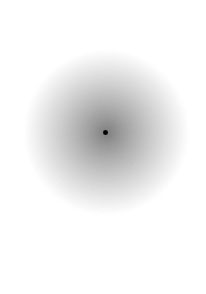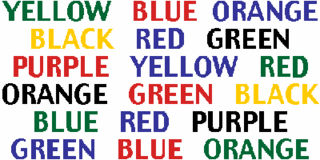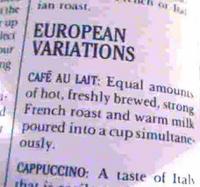Like drinking one type of coffee, there are whole ethnicities which went from cradle to grave drinking only one type of roast.
Many of the coffee names we use commonly today reflect the country in which this roast was prevalent; French roast, American roast, and Italian roast,
Java roast.
As the worlds peoples started to get individualized, cities started to name roasts; City roast (New York), Atlanta roast, Viennese roast, and New Orleans roast. Cities in other countries started doing the same thing.
Roasting is a matter of slow cooking the coffee bean. As the coffee bean roasts, like everything else we cook, a chemical reaction takes place. The characters of the various coffee beans change good or bad or better in the roaster. The longer the coffee has bean cooked (ha), the more the chemicals change the coffees character. This chemical reaction creates the various different compounds which change the qualities and tastes.
The degree of roast and the roasts name, simply describe how long and how hot the bean is roasted. As the bean roasts, it turns brown. Obviously, the darker the coffee bean gets, the longer it was roasting (unless it was over heated). However, roasting the coffee bean isn't a simple matter of sticking it in a device and heating it.
The coffee bean actually roasts differently if roasted at two different temperatures until the color is the same.
The bean goes from endothermic to exothermic during the roasting process. Endothermic means heat absorbing and exothermic means heat producing. The coffee bean actually creates its own heat by chemical reaction similar to that of salt and soap.
Depending upon the reaction desired, the coffee roasting creates the essence of the coffee bean. The essence of the coffee bean is seen, in the cup, as the coffee oils. During the roasting, coffee oils became coffeeol. These are oils; however they also are water soluble, improving or affecting taste and aroma. Regulation of the roasting procedure produces more or less of the coffee oil for a given coffee bean of the desired roast. Additionally, the chemical process makes the coffee bean brittle. When the coffee bean becomes brittle it is easier to grind.
As coffee roasting became popular, Kings would dictate exactly to what degree and color the coffee bean would be roasted. Try coffee fit for a King today Contact
info@coffee-bean.ca Today you are the “
Coffee King”.




